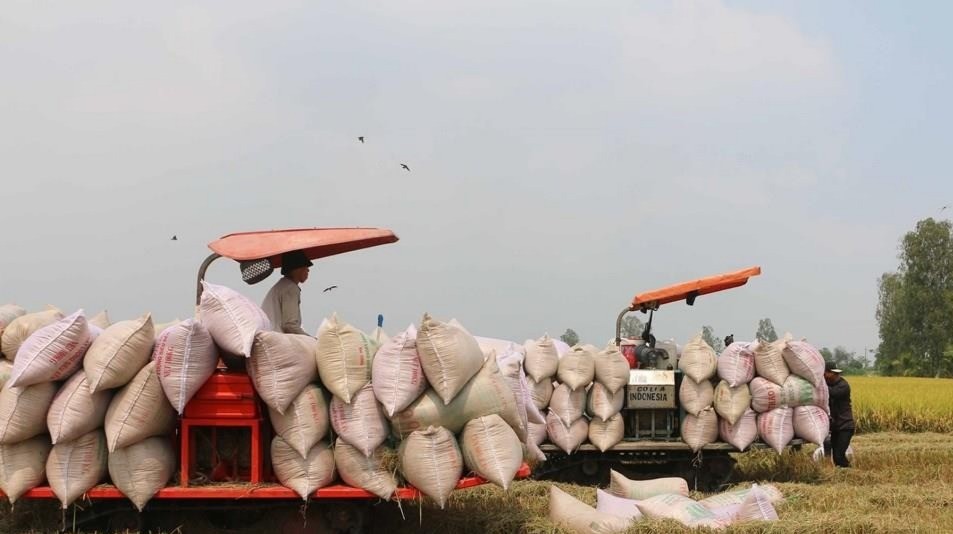
From models such as rice-shrimp in Ca Mau peninsula to the project of Sustainable Development of one million hectares of high-quality and low-emission rice cultivation associated with green growth in the Mekong Delta by 2030, Vietnam's rice industry is making strong strides, contributing to realizing the commitment to achieve zero net emissions by 2050. This is also gradually affirming Vietnam's new position in the global rice value chain not only by output or quality, but also by a different direction: green production, low emissions.
In Ca Mau peninsula, the rice-shrimp rotation farming model has proven to be highly effective both economically and environmentally. ST24 and ST25 rice varieties grown here have a stable yield of 6 tons/ha, with a selling price of up to 9,200 VND/kg, about 3,000 VND higher than normal rice. In particular, during the December harvest, traders are willing to pay up to 13,000 VND/kg for ST25 - Shrimp Rice. Not only does it double profits, the model also helps reduce 30% of chemical fertilizers, 75% of pesticides, while stabilizing the ecological environment, protecting shrimp crops and reducing greenhouse gas emissions. With more than 2,000 hectares already contracted according to green production processes, this model is creating a solid foundation for the "Mr. Crab Rice" brand to reach the international market.
Meanwhile, in the Mekong Delta, the project on sustainable development of one million hectares of high-quality, low-emission rice is considered a strategic step, contributing to reshaping the entire rice industry towards ecology and sustainability. In 2025 alone, the area registered to implement the project exceeded 312,000 hectares. The whole region has proactively deployed more than 100 pilot models, with an area of over 4,500 hectares, recording a productivity increase of 5-10%, and economic efficiency increased by 3-5 million VND/ha.
In Tra Vinh, one of the leading localities in implementing the project, in the 2024-2025 Winter-Spring crop, there are 16 models with an area of over 883 hectares. The two cooperatives Phat Tai and Phuoc Hao are successful examples. Mr. Nghi Man's family, a member of Phat Tai Cooperative, harvested 8 tons/ha of OM 5451 rice variety - 1 ton higher than the field outside the model, with an additional profit of nearly 10 million VND/ha. Meanwhile, Mr. Nguyen Van Phuc, a member of Phuoc Hao Cooperative, planted ST24 variety with a yield of 8 tons/ha, with costs greatly reduced thanks to using less seeds, less fertilizers and pesticides, with a profit of 49 million VND/ha, 7 million higher than the traditional method.
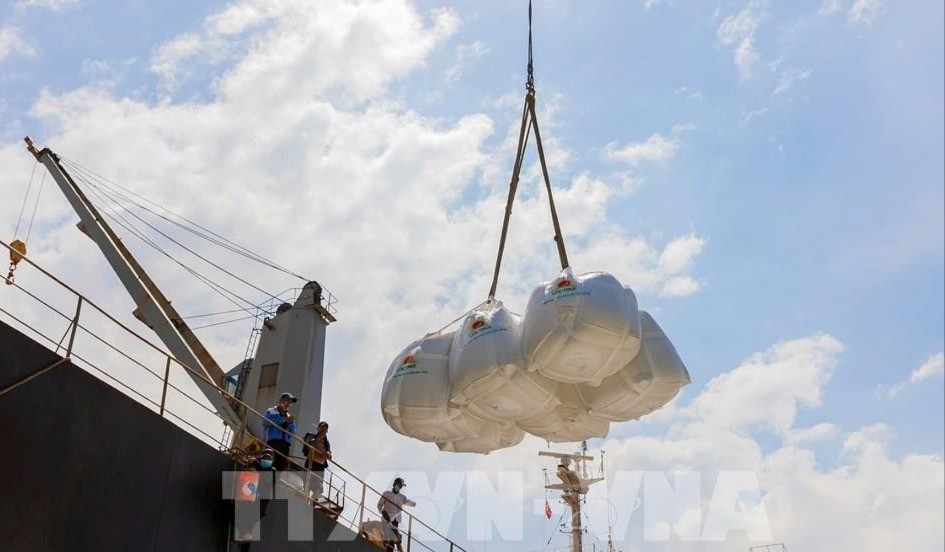
Not only stopping at economic efficiency, the model also recorded a reduction in greenhouse gas emissions of up to 40-50% compared to old farming practices. Thanks to reducing the amount of seeds sown from 150kg to 60-70kg/ha, reducing chemical fertilizers by 20-30%, reducing the number of times pesticides are sprayed, production costs are significantly reduced, the average profit increases by 6.5-7.8 million VND/ha. From this success, Tra Vinh province plans to expand the model to 10,550 ha in 2025, aiming for 30,736 ha by the end of 2030.
In Tien Giang, the new farming model initially made farmers hesitant because it required a reduction in seed quantity. However, in reality, the rice plants tillered well, increased their resistance to pests and diseases, had higher yields, and increased profits by 8-10 million VND/ha. Thanks to the guaranteed consumption of products and the mechanization of the entire process, people were very excited. The province organized more than 100 training courses to help farmers understand the technical process and production thinking associated with environmental protection.
Not only in the areas in the model or participating in the project, rice production techniques such as applying alternate wetting and drying (AWD) have been deployed in many rice production areas with good irrigation conditions, helping to save water and reduce methane emissions. In Nghe An, the AWD model showed an emission reduction of up to 50% compared to traditional, equivalent to 6.3–6.7 tons of CO₂ equivalent/ha, opening up opportunities to participate in the voluntary carbon credit market.
Associate Professor, Dr. Nguyen Dinh Tho, Deputy Director of the Institute of Strategy and Policy on Agriculture and Environment, assessed that the AWD farming method is a suitable solution for many rice areas, easy to measure and integrate into the payment mechanism based on emission reduction results.
In addition to production techniques, branding is also a focus of the rice industry. The Vietnam Rice Industry Association is promoting the development of the “Low-emission Green Vietnamese Rice” certification label, which is granted to cooperatives and businesses that meet the standards. Vietnamese rice that meets green criteria has been exported to Japan and is preparing to enter the Australian market. According to Mr. Do Ha Nam, Chairman of the Vietnam Food Association, for green rice to really go far, it is necessary to choose varieties suitable for each market. For high-end markets such as Japan, the EU, the US, and South Korea, it is necessary to focus on Japonica or ST25 varieties – both suitable for taste and ensuring low emissions.
At the national level, the Prime Minister has directed ministries and sectors to take synchronous action: from completing planning, providing capital, supporting credit, building brands, negotiating trade agreements, to reorganizing production according to the chain. In particular, localities are required to maximize irrigation advantages to implement the model; strengthen communication and training; support cooperatives to improve capacity and expand cultivation areas according to the project.
Low-emission rice production is no longer a pilot model but is gradually becoming the new farming standard. The change starts from the farmers’ mindset from “working hard to have enough to eat” to “working green for sustainability”. This is not only a technical step forward but also an affirmation of Vietnam on the global green agriculture map.
Source: https://baolaocai.vn/san-xuat-nong-nghiep-giam-phat-thai-tien-phong-tu-hat-gao-viet-post649710.html


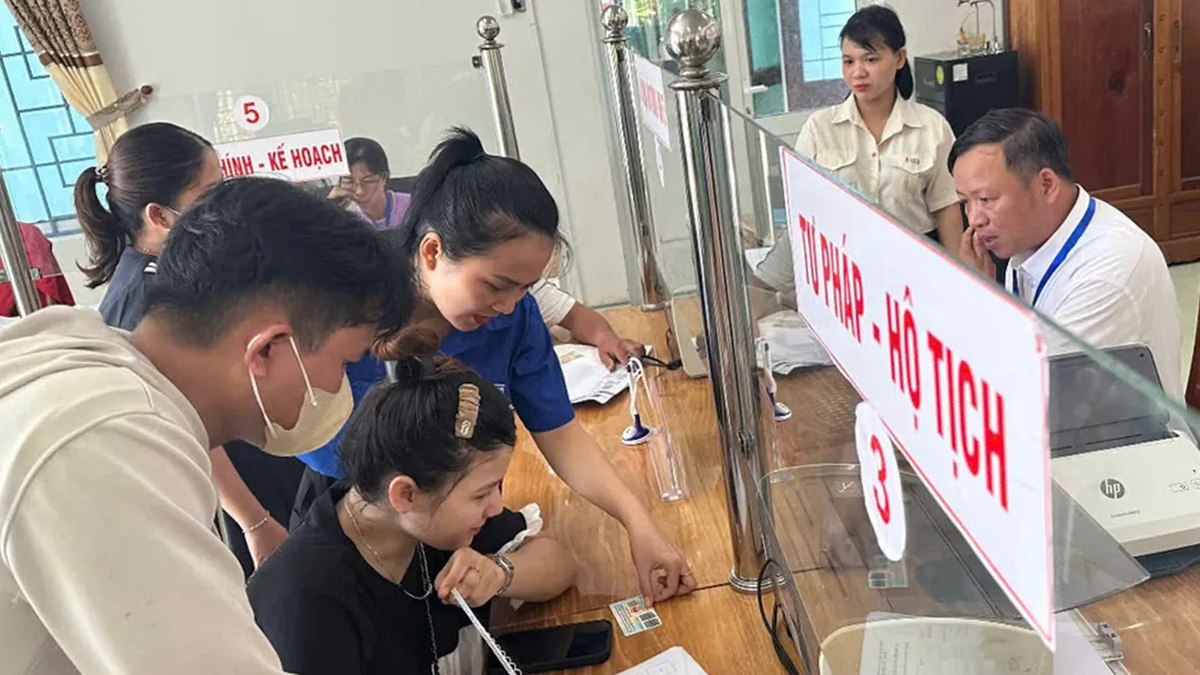
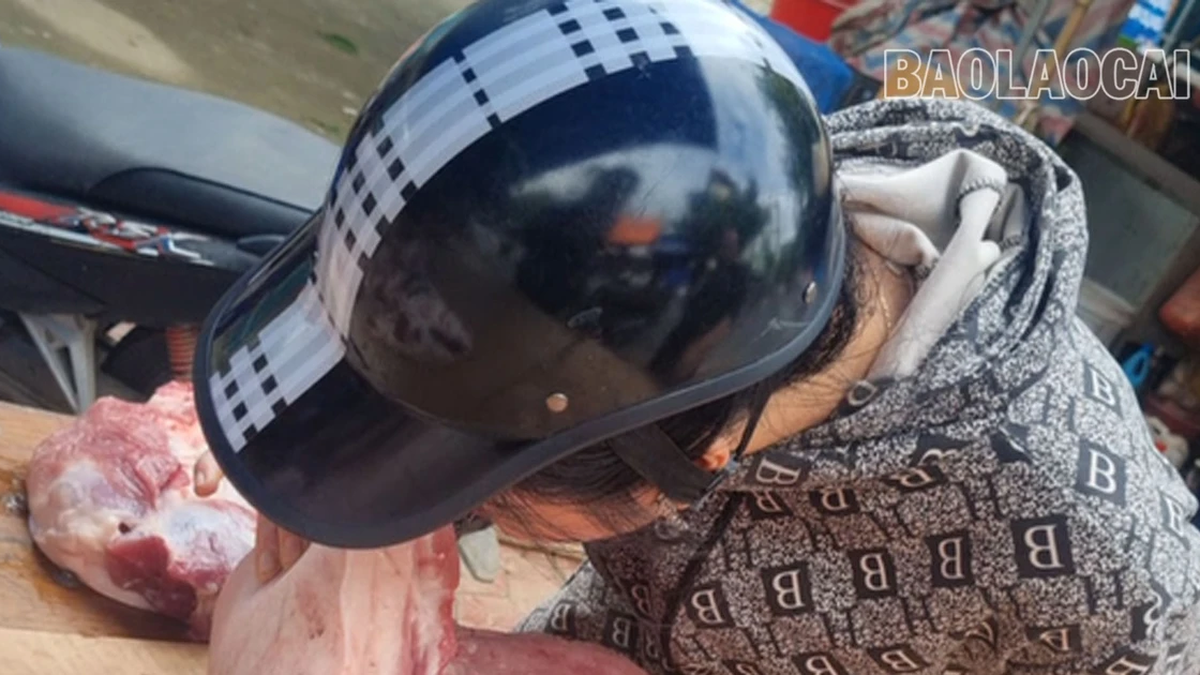
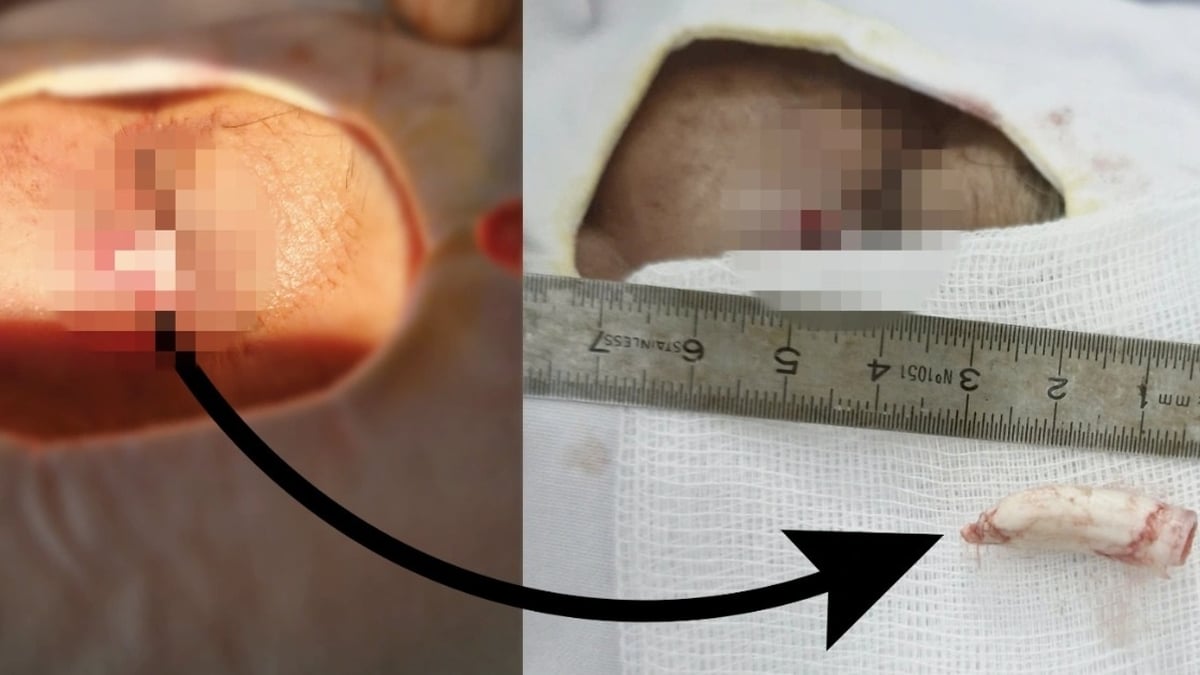


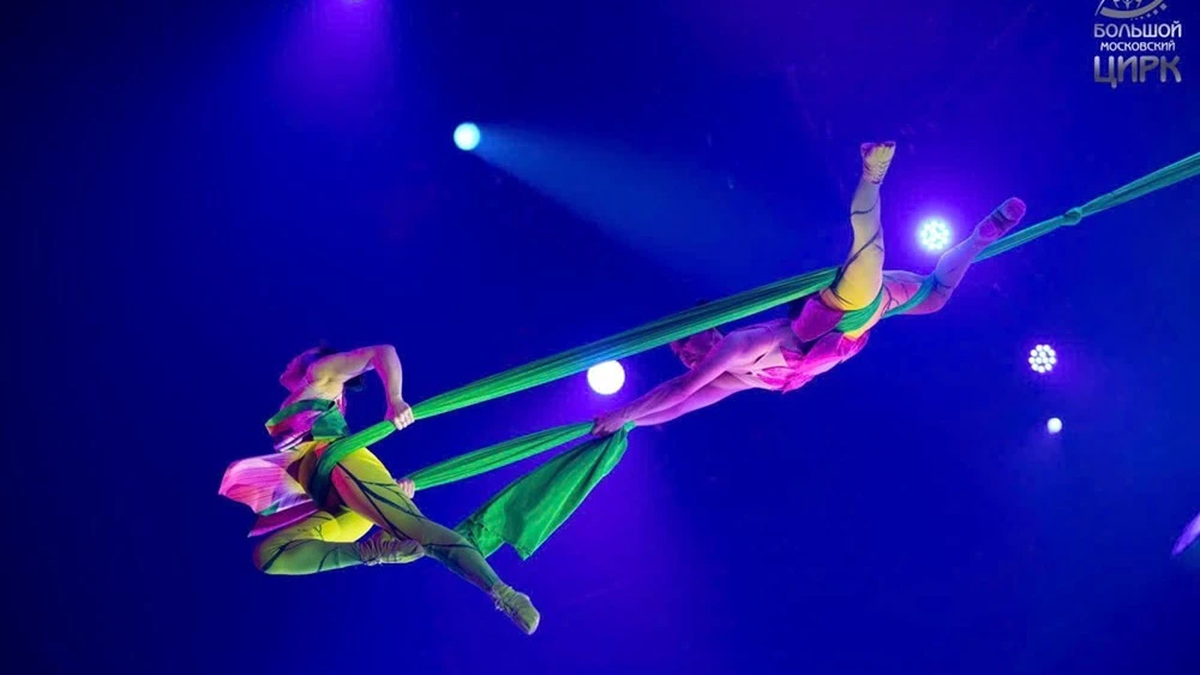
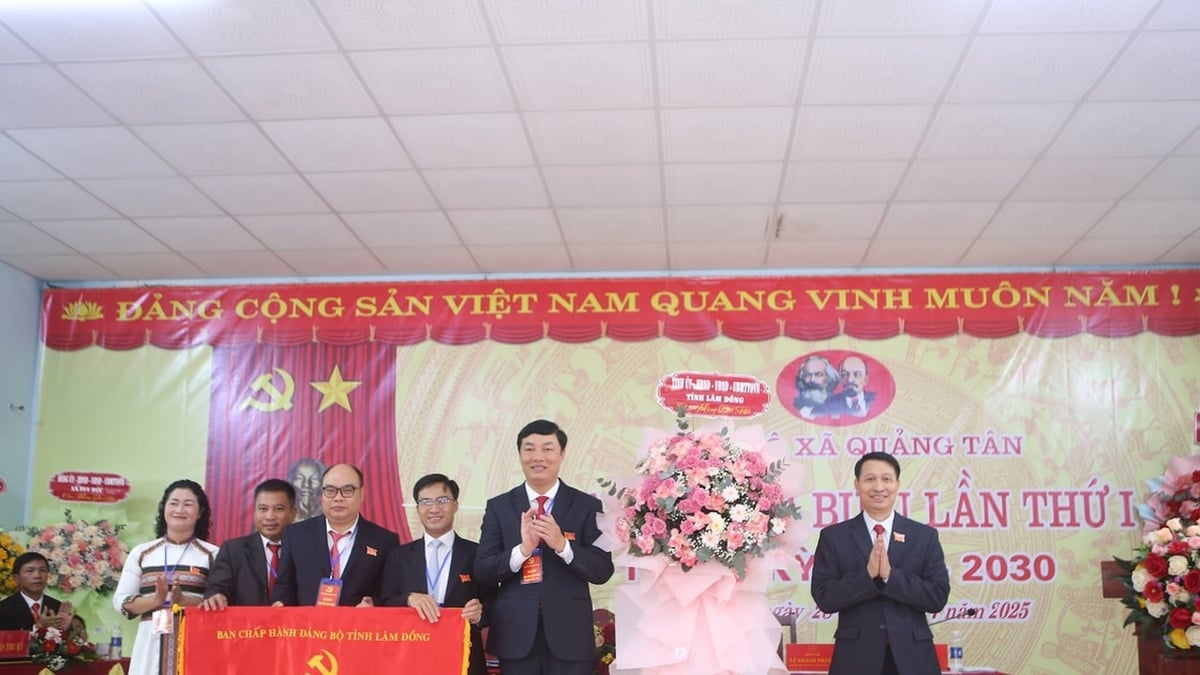

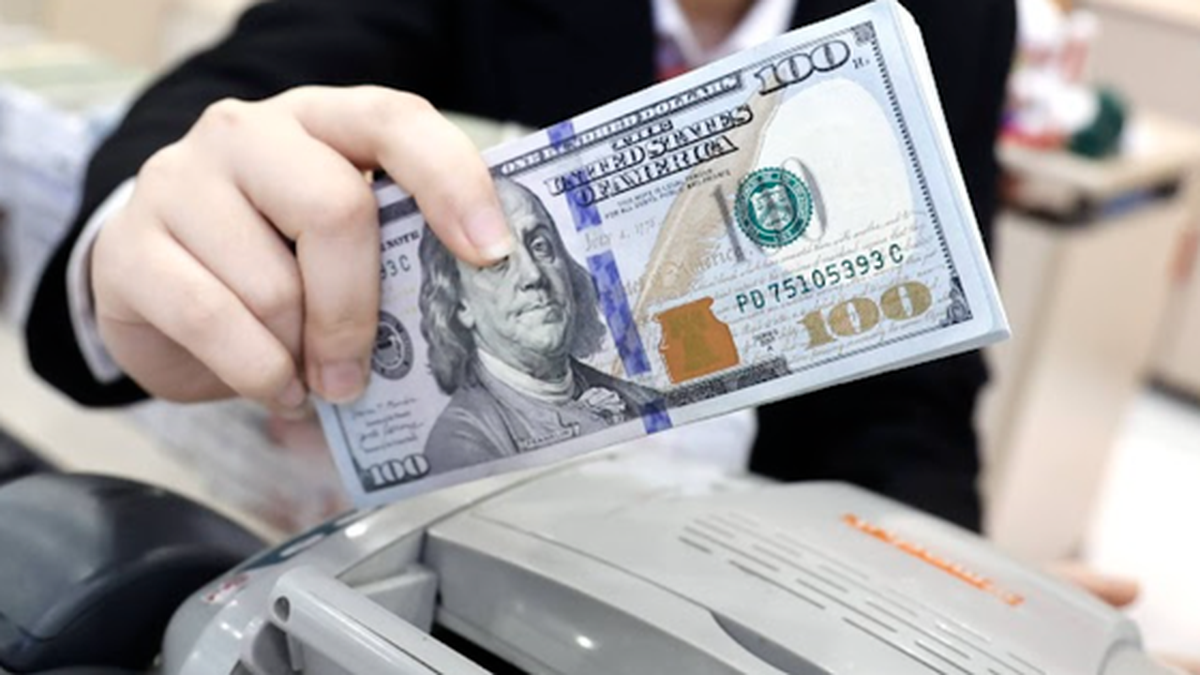
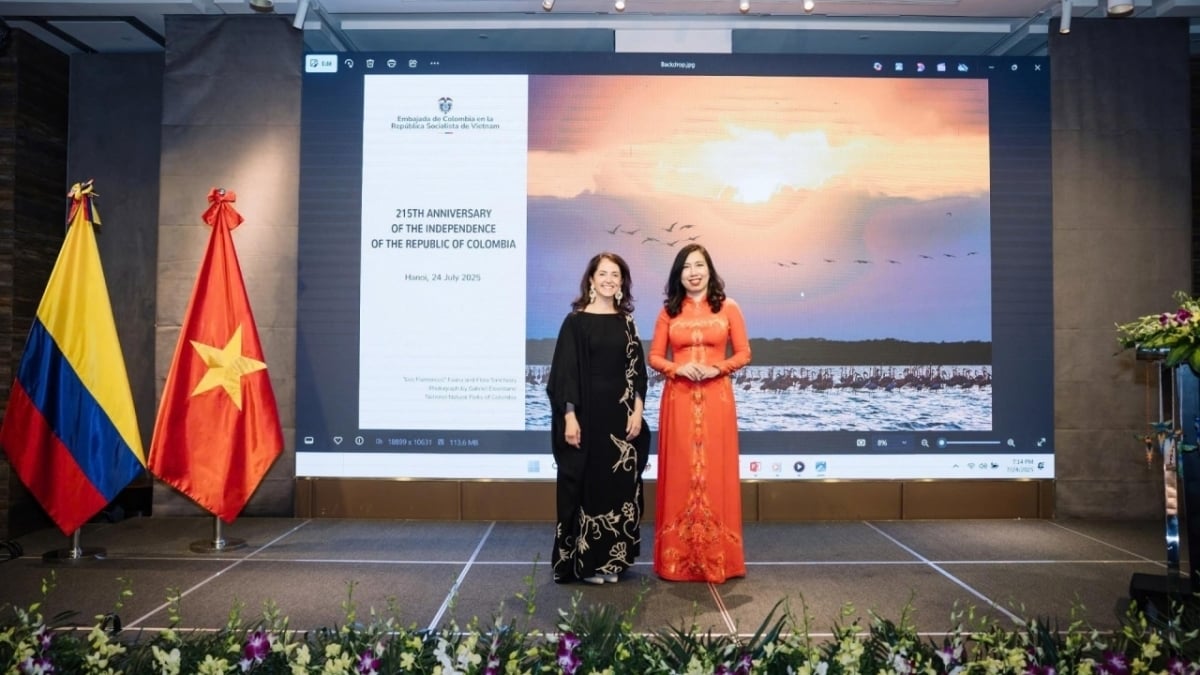










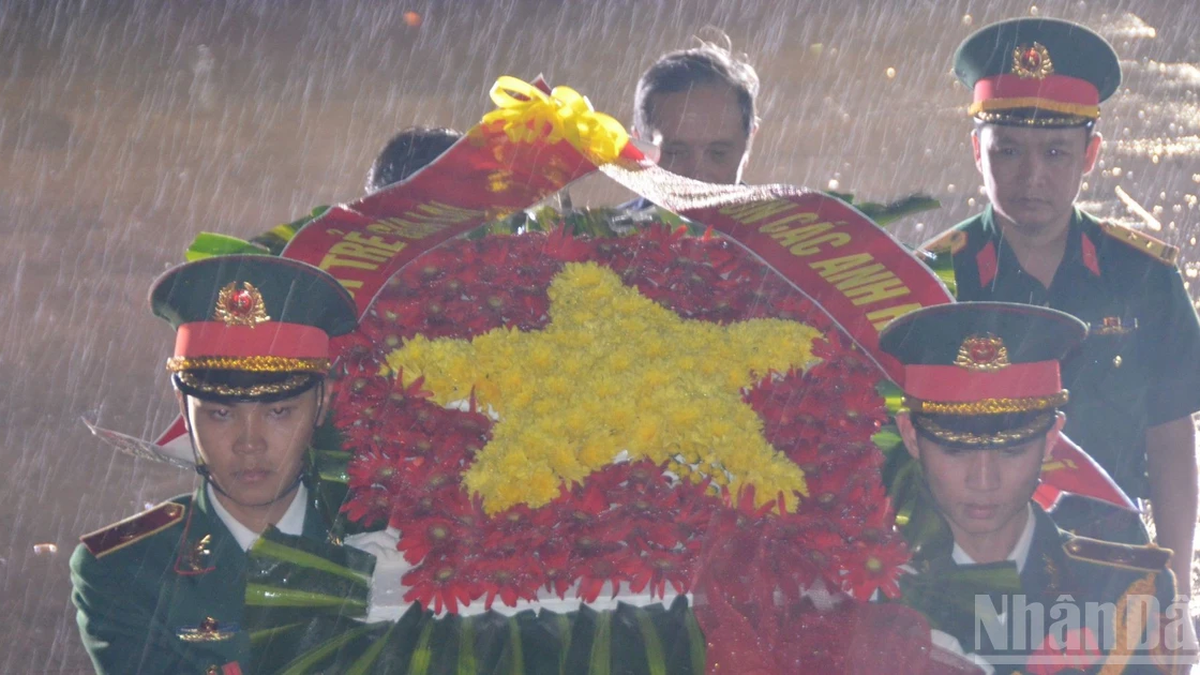





![[Photo] National Assembly Chairman attends the seminar "Building and operating an international financial center and recommendations for Vietnam"](https://vphoto.vietnam.vn/thumb/1200x675/vietnam/resource/IMAGE/2025/7/28/76393436936e457db31ec84433289f72)













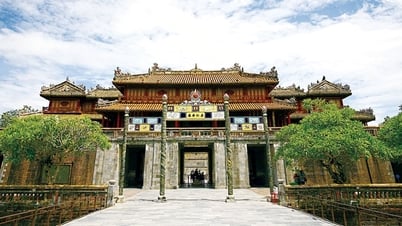

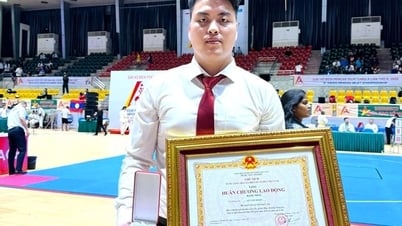

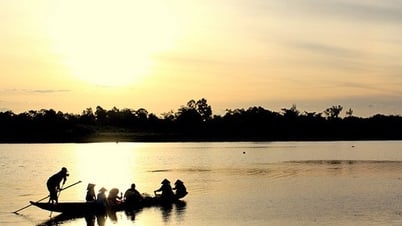



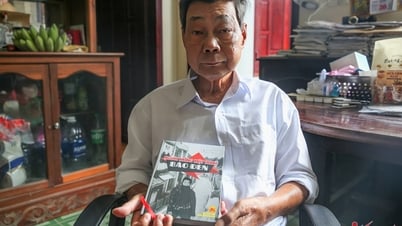

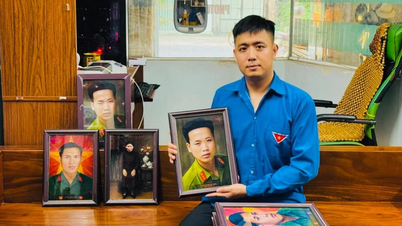
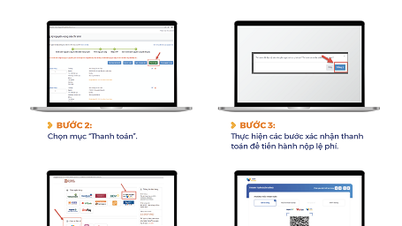



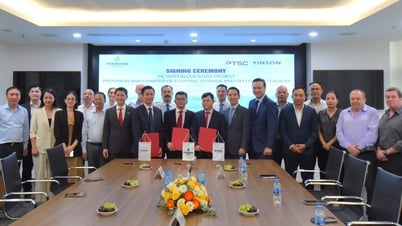
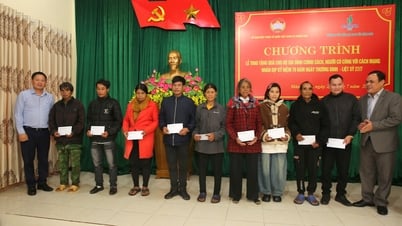
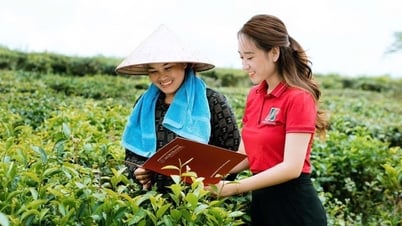

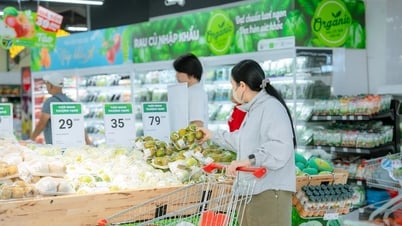
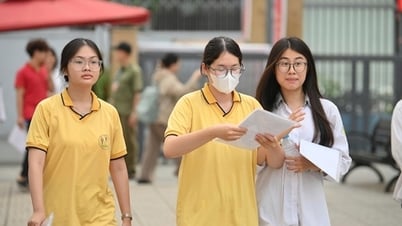


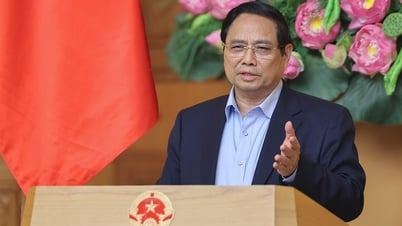
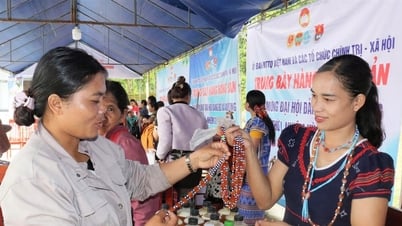


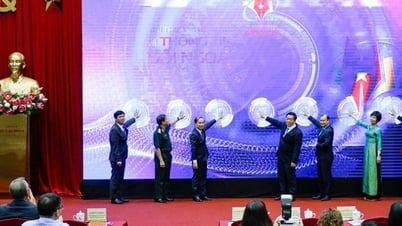

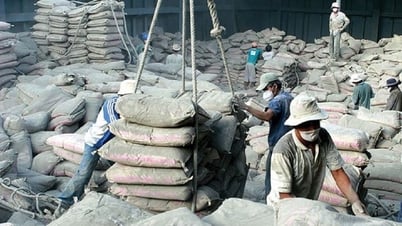

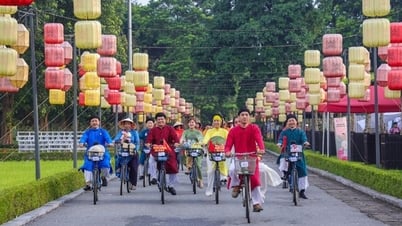























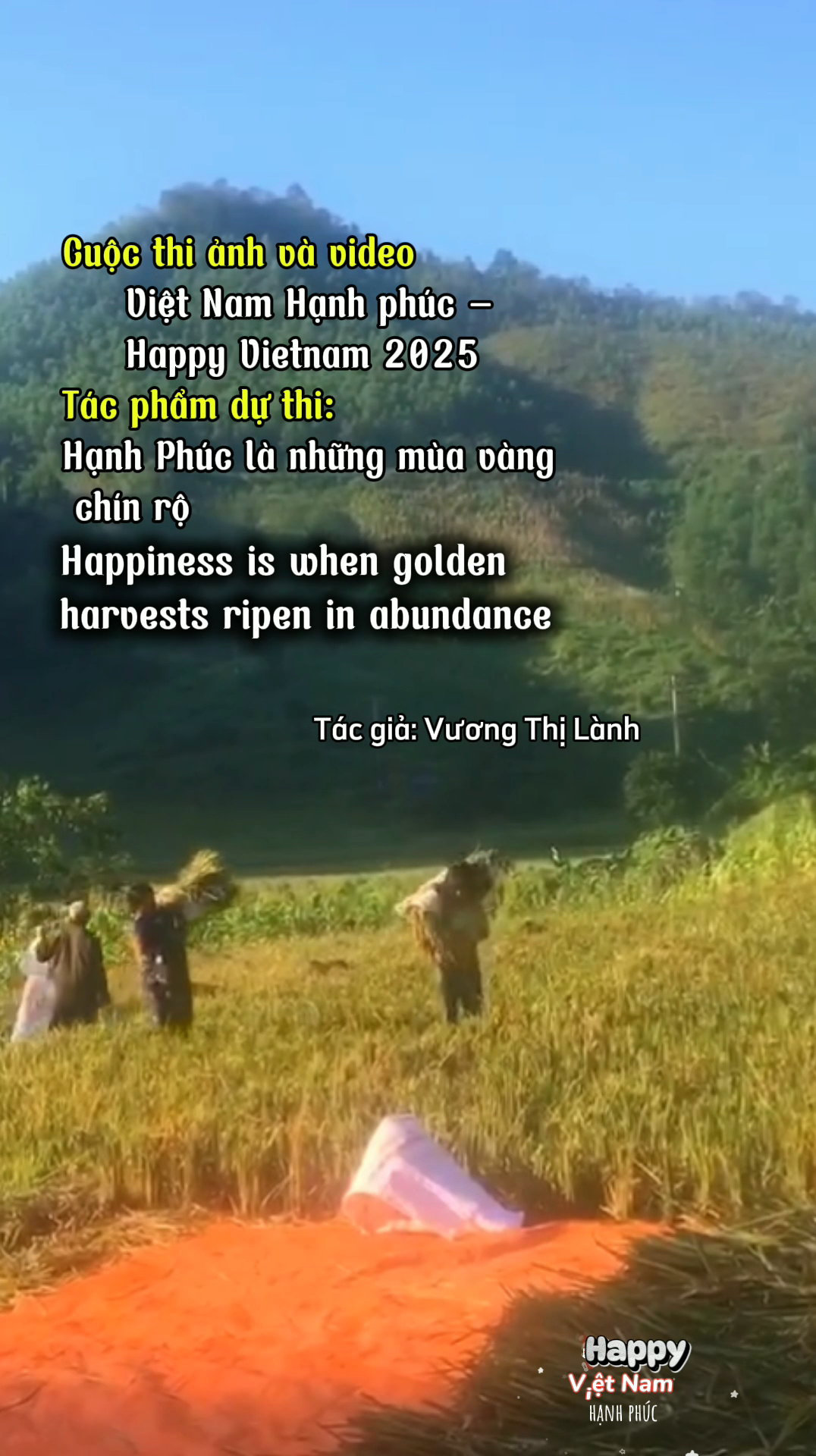
Comment (0)